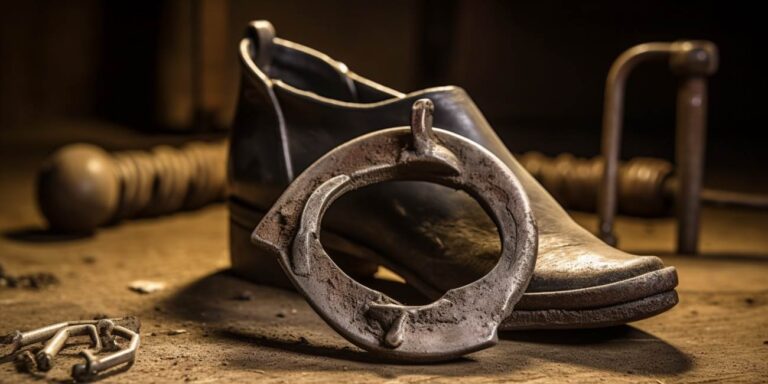Welcome to our comprehensive guide on navicular horse symptoms. Navicular disease, also known as navicular syndrome, is a common and often debilitating condition that affects horses. It can cause lameness and discomfort, making it essential for horse owners and caretakers to recognize the symptoms and seek appropriate treatment. In this article, we will delve into the various aspects of navicular horse symptoms, causes, diagnosis, and treatment options.
Navicular disease is a condition that primarily affects the navicular bone and surrounding structures in a horse’s hoof. The navicular bone is a small, flattened bone located in the front feet, specifically within the hoof capsule. It plays a crucial role in the horse’s ability to bear weight and absorb shock while moving.
When a horse develops navicular disease, the navicular bone and related structures become inflamed and degenerate over time. This leads to lameness and discomfort, especially when the horse is in motion. While navicular disease is most commonly seen in front feet, it can affect all four hooves in some cases.
Recognizing the symptoms of navicular disease is crucial for early intervention and effective treatment. Here are some common signs to watch out for:
- Lameness: One of the most noticeable symptoms is lameness, which is often more pronounced when the horse is moving in tight circles or on hard surfaces.
- Shortened Stride: Affected horses may exhibit a shortened stride and appear hesitant to move.
- Toe Landing: Some horses with navicular disease may land more on their toes, trying to avoid pressure on the painful heel area.
- Heat in the Hoof: Increased warmth in the hoof region, particularly around the frog and heel, can be an indicator of inflammation.
- Shifting Weight: Horses may shift their weight between legs to alleviate pain in the affected hoof.
Understanding the underlying causes of navicular disease can help in prevention and management. While the exact cause is not always clear, some contributing factors include:
- Conformation: Horses with certain conformational issues may be more prone to navicular disease.
- Overuse: Excessive strain on the hooves due to strenuous exercise or activities can contribute to the development of this condition.
- Genetics: There may be a genetic predisposition in some horse breeds.
- Poor Hoof Care: Neglecting proper hoof care, such as regular trimming and balancing, can increase the risk.
Diagnosis and treatment
Diagnosing navicular disease typically involves a combination of clinical evaluation, hoof testing, and imaging techniques like X-rays or MRI. Once diagnosed, various treatment options may be considered:
- Shoeing Changes: Corrective shoeing can help alleviate pressure on the affected area and promote healing.
- Medications: Non-steroidal anti-inflammatory drugs (NSAIDs) and other medications can manage pain and inflammation.
- Rest and Rehabilitation: Resting the horse and gradually reintroducing exercise can aid in recovery.
- Supplements: Some supplements may support joint and hoof health.
- Surgery: In severe cases, surgical interventions like neurectomy or coffin joint injections may be necessary.
Faqs
A: While it cannot always be prevented, maintaining good hoof care and monitoring your horse’s health can reduce the risk of navicular disease.
A: Navicular disease is not always curable, but with proper management, many horses can lead comfortable lives and continue to be active.
A: Recovery time varies depending on the severity of the condition and the chosen treatment. It can range from several weeks to several months.
A: Absolutely. Early diagnosis and treatment are crucial, so consult a veterinarian experienced in equine health.
In conclusion, understanding navicular horse symptoms, their causes, and the available treatments is essential for any horse owner. Timely intervention and proper care can make a significant difference in a horse’s quality of life when dealing with navicular disease.
See also:





